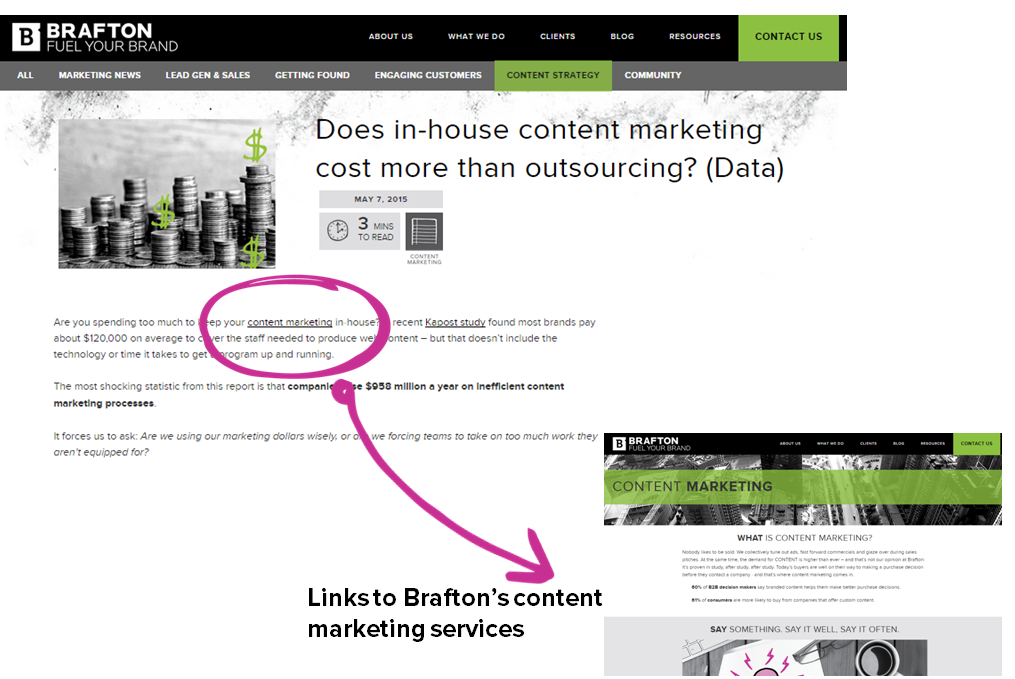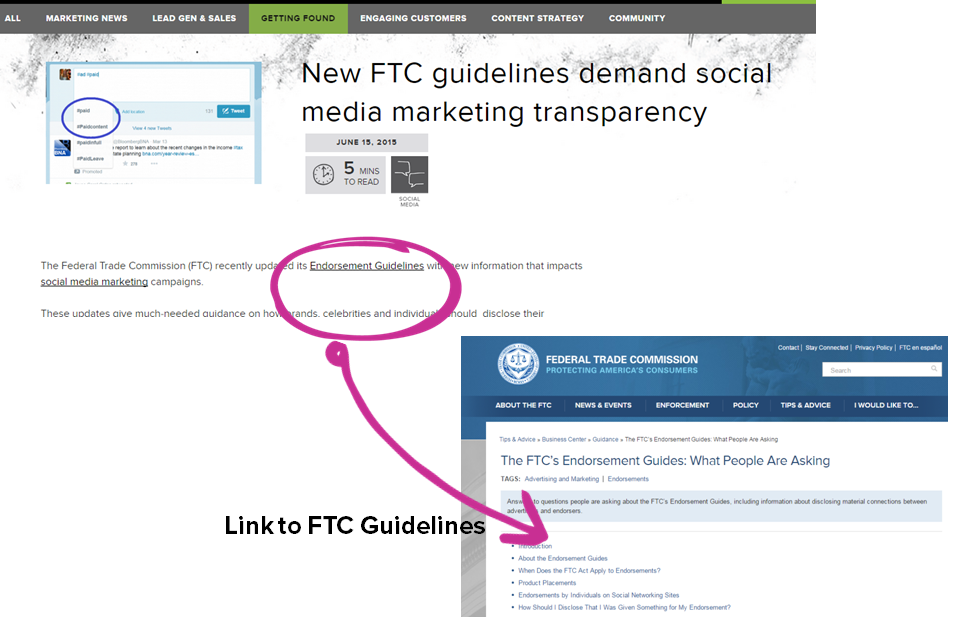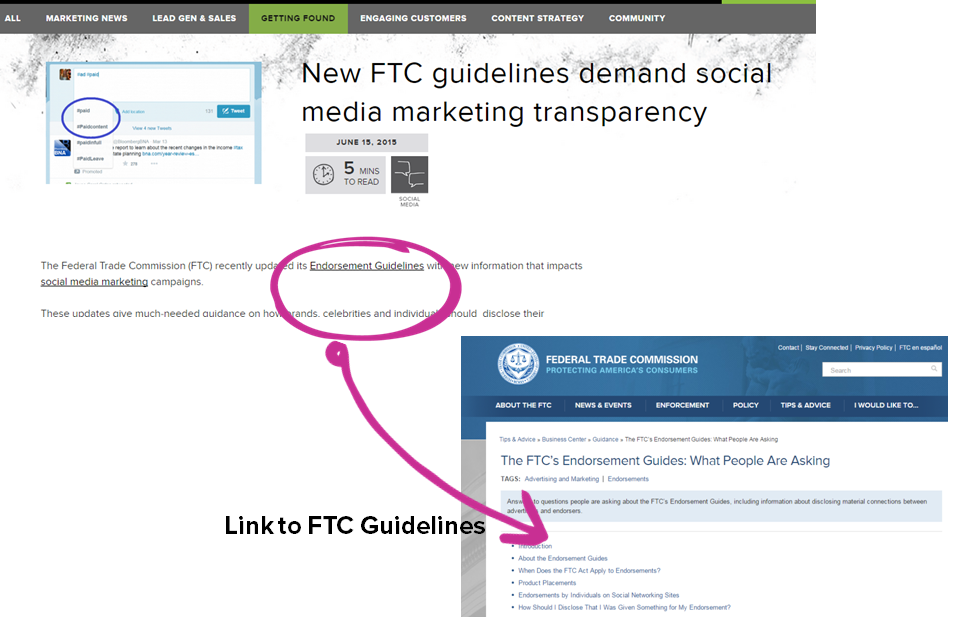Anchor text is the clickable words on a website. This is how hyperlinks are embedded in online content, usually on the most relevant words on the page. Both internal and external links must be attached to anchor text and the placement can amplify or downplay SEO value.
For example, a marketer for an analytics company would want writers to anchor links to its best-selling software landing page on the words “big data analytics,” or other similar variations.


On the other hand, the same company might not want to attach external links to studies, reports or news outlets on those same words because it indicates readers must click away to learn more about those items. Instead, marketers might advise writers to use the company’s name or a generic word like “report” or “study” for the link. That way, the site don’t pass as much link juice to other businesses for core keywords.
It’s important to point out that Google has been paying closer attention to anchor text, and recent rumors indicate the search engine might take a more scrutinizing look at how SEOs are using this practice to inflate PageRank, specifically ensuring links are placed on hyper-relevant anchor text, rather than loosely related terms.




